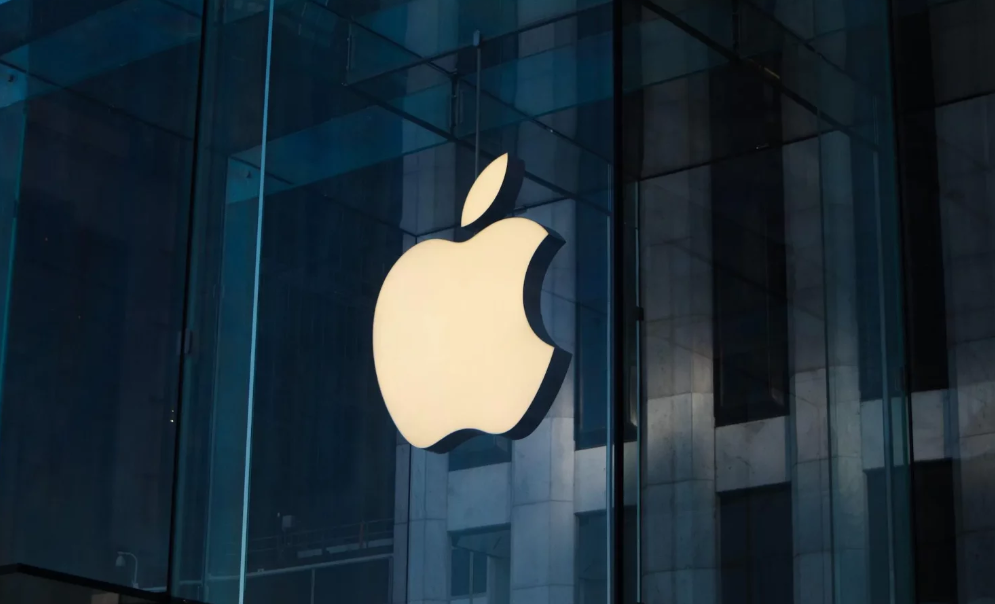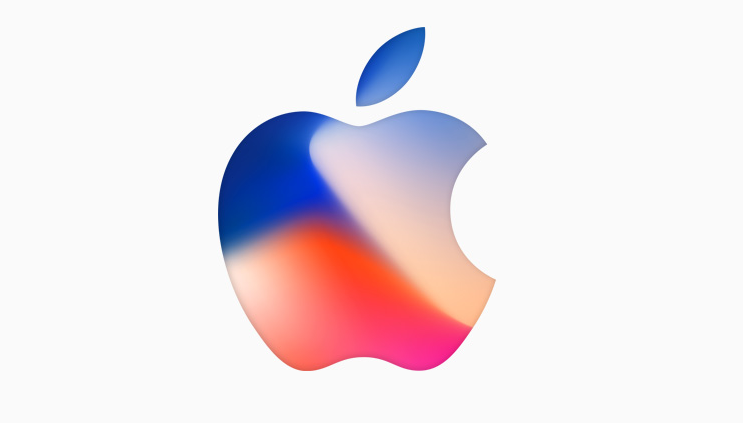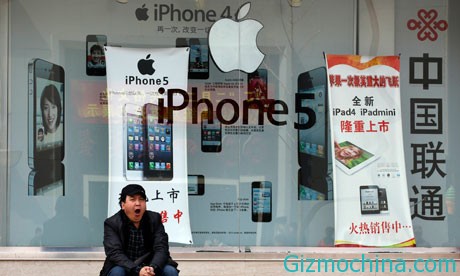In a surprising turn of events, Apple Inc. found itself facing a 3% dip in its shares during after-hours trading as the tech giant’s sales forecast for the holiday quarter failed to meet Wall Street expectations. The disappointing forecast was attributed to weak demand for iPads and wearables, prompting concerns about the company’s overall market position.
CEO Tim Cook, however, attempted to allay fears, emphasizing the success of the new iPhone 15 models in China, where the company faced tough competition from local players like Huawei. Amidst these challenges, Apple reported a 2.5% decline in revenue from China in the fiscal fourth quarter, which transformed into growth after accounting for foreign exchange rates.
Chief Financial Officer Luca Maestri’s announcement that sales for the current quarter would resemble the previous year’s figures fell short of Wall Street’s optimistic projection of a 4.97% rise to $122.98 billion.

Despite the hurdles, Apple managed to beat Wall Street expectations in the fiscal fourth quarter, buoyed by increased iPhone sales and a $1 billion boost in services revenue. Sales figures totaled approximately $89.50 billion, slightly surpassing the estimated $89.28 billion. However, supply constraints for the high-end iPhone 15 Pro and Pro Max models proved to be a challenge for the company.
In China, sales dipped from $15.47 billion to $15.08 billion compared to the previous year’s fourth quarter. Still, Cook highlighted positive trends, stating that mainland China set a quarterly record for iPhone sales, with four out of the top five best-selling smartphones in urban China being Apple devices.
Analysts from Rosenblatt Securities and DA Davidson compared Apple’s situation to a “massive battleship,” symbolizing the slow progress and challenges faced by the company. These challenges were further compounded by the upcoming launch of Apple’s new product, Vision Pro, which is anticipated to have a sluggish start.
Despite these setbacks, Apple remains optimistic, predicting year-over-year growth in iPhone sales for the December quarter. The company continues to navigate declining revenues, striving to reinvent its product line for future growth.
Apple’s resilience is underscored by its substantial market capitalization, standing at $2.74 trillion, and its relatively high Price-to-Earnings Ratio of 28.97, indicating investors’ confidence in the company’s potential. Moreover, Apple’s management has displayed faith by aggressively repurchasing shares and maintaining dividend payments for 12 consecutive years, highlighting its financial stability and efficiency in generating earnings from its assets during challenging economic times.
Related:
- Apple’s iPhone Holds Strong in China’s Competitive Market, says Tim Cook
- Apple Accidentally Sends a Man $96,000 Worth of 60 1 TB iPhone 15 Pro Max Units
- Apple May Kick Off iPhone 17 Production In India, Aims To Double Up Its Production Capacity
(via)







